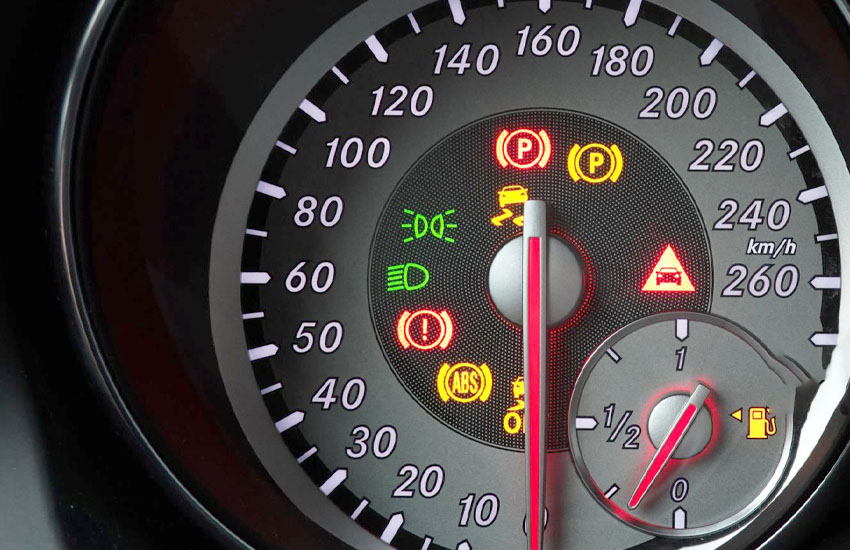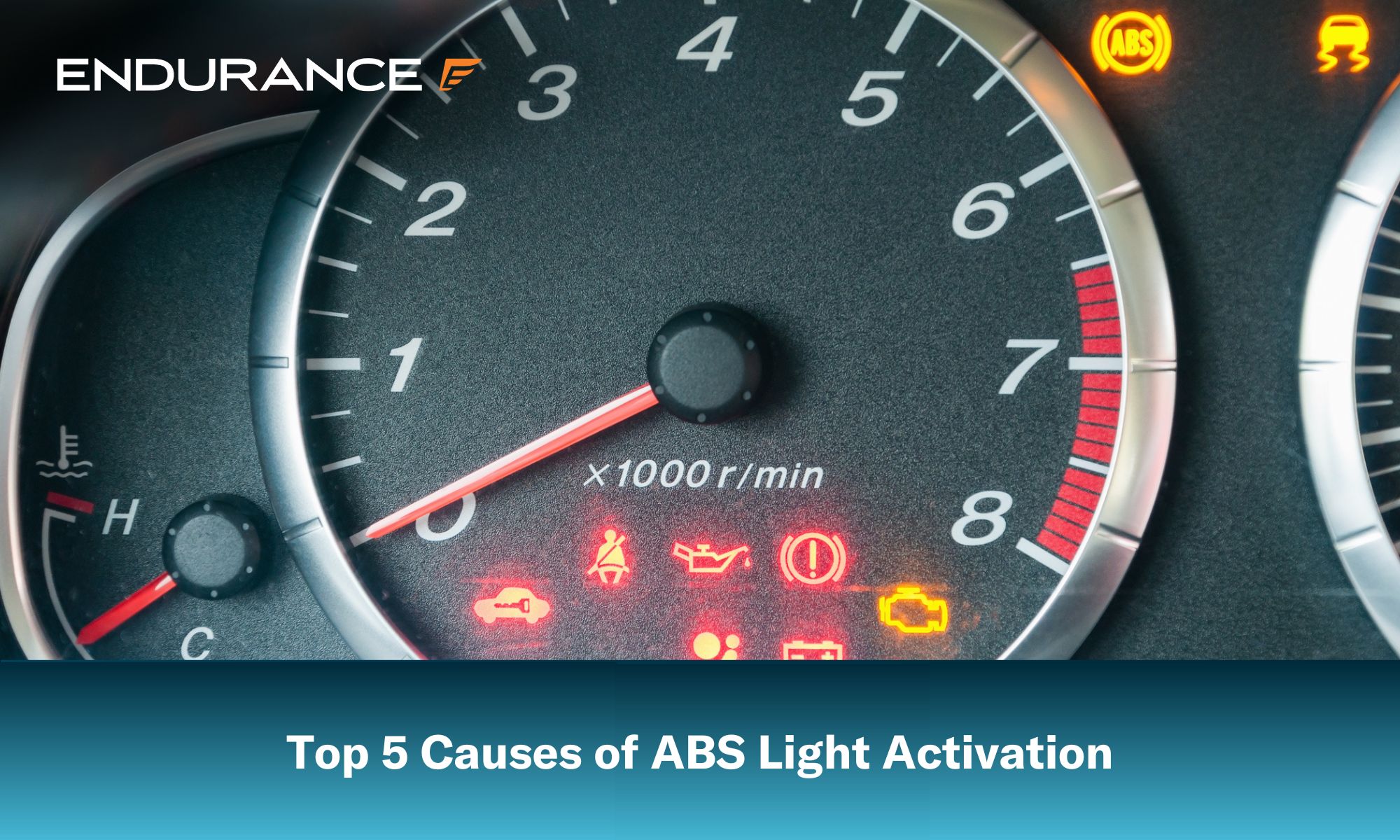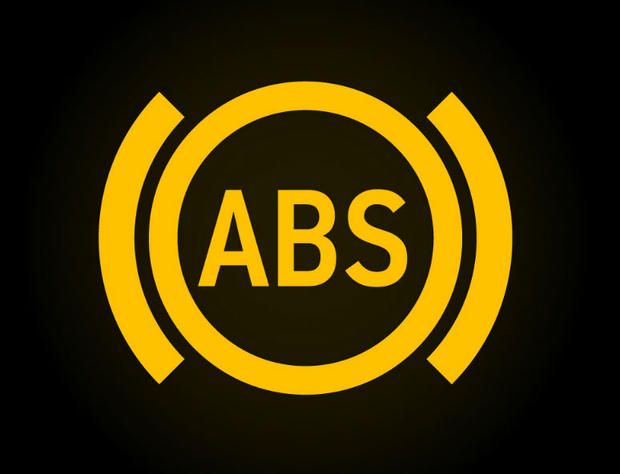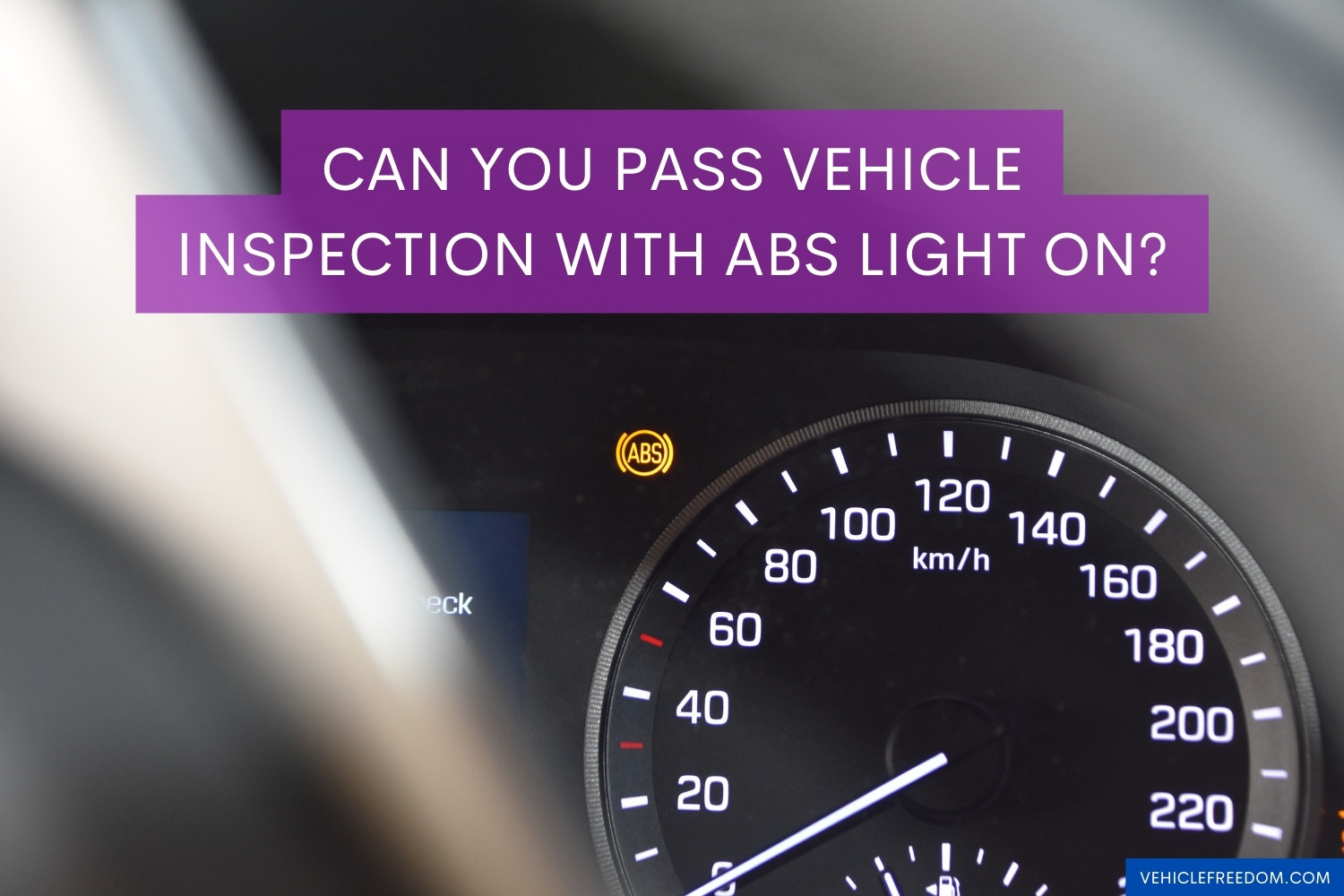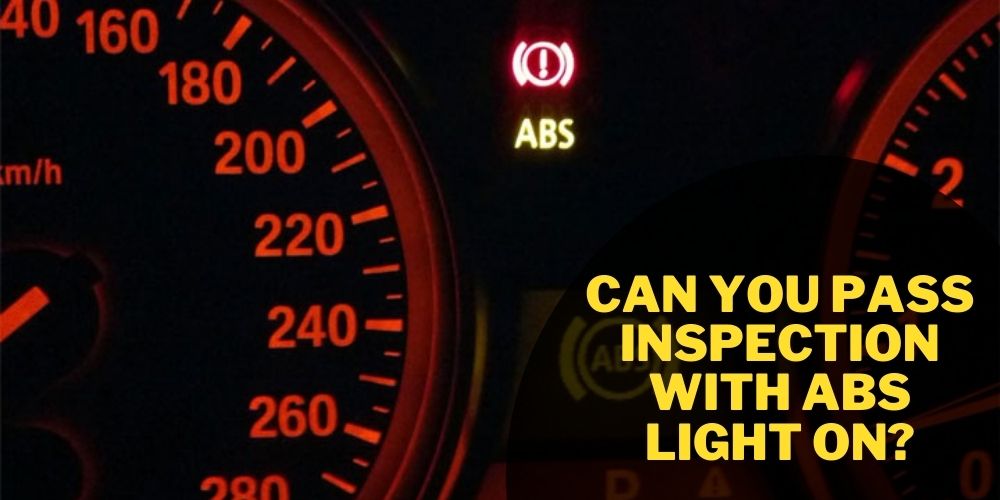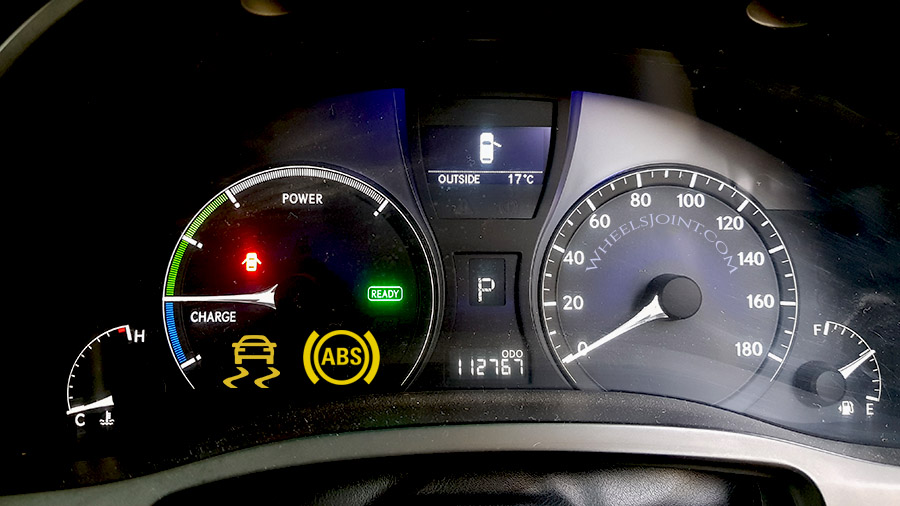Will A Abs Light Fail Inspection
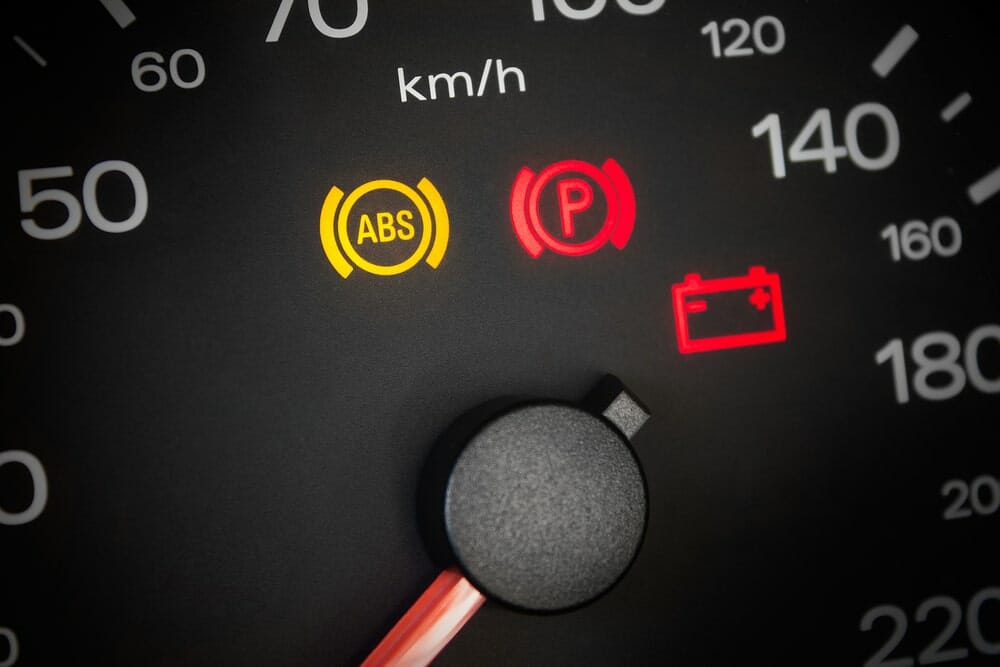
Imagine the scene: you're at the inspection station, heart thumping just a little. The technician meticulously checks your car, poking and prodding, lights flashing, gauges humming. Everything seems to be going smoothly until… that dreaded red light illuminates on the dashboard: the ABS light. A cold wave of anxiety washes over you. Will this little light be the reason you fail inspection?
The question of whether an ABS light will cause a vehicle to fail inspection isn't always a straightforward yes or no. It depends heavily on the state and local regulations, as well as the year and make of the vehicle. This article will explore the different factors that contribute to whether a lit ABS light will cause your car to fail inspection, providing clarity and guidance for car owners navigating the often-confusing world of vehicle inspections.
Understanding the ABS
The Anti-lock Braking System (ABS) is a critical safety feature designed to prevent wheel lockup during hard braking. This allows the driver to maintain steering control and potentially avoid accidents. Introduced in the late 20th century, ABS has become a standard safety feature in most vehicles.
The system relies on a network of sensors, a control module, and hydraulic actuators to modulate brake pressure. When a wheel is detected to be locking up, the ABS reduces pressure to that wheel, allowing it to regain traction. This happens rapidly and repeatedly, sometimes felt as a pulsation in the brake pedal.
The illumination of the ABS light indicates a problem within the system. This could range from a faulty sensor to a malfunctioning control module. Diagnosing the exact cause often requires professional expertise and specialized equipment.
State Regulations and Inspection Standards
Vehicle inspection standards are not uniform across the United States. Each state sets its own requirements, leading to significant variations in what constitutes a passing or failing inspection. Some states are very strict, while others have relatively lax regulations.
In states with more rigorous safety inspections, a lit ABS light is more likely to cause a vehicle to fail. These states often prioritize the functionality of critical safety systems like brakes, lights, and airbags.
For instance, states like New York and Massachusetts are known for their comprehensive inspections. In contrast, some states only conduct emissions inspections, with little to no focus on mechanical safety.
Federal Guidelines and Minimum Standards
While states have the autonomy to set their inspection standards, federal guidelines influence these regulations. The National Highway Traffic Safety Administration (NHTSA) provides recommendations and safety standards that states often incorporate into their inspection programs.
NHTSA emphasizes the importance of functioning safety systems, including ABS. While they don't directly mandate specific inspection criteria, their recommendations carry significant weight.
This influence is evident in many state inspection manuals, which reference federal motor vehicle safety standards. However, the ultimate decision on what constitutes a pass or fail rests with the state.
Factors Influencing Inspection Outcomes
The age and type of the vehicle can also influence inspection outcomes. Older vehicles, especially those manufactured before ABS became standard, may not be subject to the same scrutiny as newer models.
Some states have different inspection standards for passenger cars versus commercial vehicles. Commercial vehicles, due to their increased use and potential for higher risk, often face stricter regulations.
The inspector's discretion also plays a role. While inspectors are bound by regulations, they have the authority to make subjective judgments about the overall safety of the vehicle. A minor ABS issue might be overlooked, while a major malfunction could lead to immediate failure.
Common Causes of an ABS Light
Several issues can trigger the ABS light. Faulty wheel speed sensors are a common culprit. These sensors monitor the speed of each wheel and transmit this information to the ABS control module.
Other potential causes include low brake fluid, a malfunctioning ABS pump, or issues with the hydraulic control unit. Wiring problems, such as damaged or corroded wires, can also disrupt the system's functionality.
Diagnosing the root cause requires a systematic approach. A professional mechanic will typically use a diagnostic scanner to read the trouble codes stored in the vehicle's computer. These codes provide clues about the source of the problem.
Preparing for Inspection
Before taking your vehicle for inspection, it's a good idea to address any known issues, especially those related to safety systems. If your ABS light is on, consider having it diagnosed and repaired by a qualified mechanic.
Check your state's inspection requirements to understand what is specifically examined. This information is often available on the state's Department of Motor Vehicles website.
Ensure all other lights, including headlights, brake lights, and turn signals, are working properly. A pre-inspection checklist can help you identify and address potential problems before they lead to a failed inspection.
What to Do if You Fail
If your vehicle fails inspection due to the ABS light, don't panic. The inspection report will typically outline the reasons for failure and provide guidance on how to address them.
You will likely need to have the ABS system repaired and then return for a re-inspection. The time frame for re-inspection varies by state. Some states allow a grace period, while others require immediate correction.
Keep detailed records of all repairs and maintenance performed on your vehicle. This documentation can be helpful during the re-inspection process and can also be useful for future reference.
The Bigger Picture: Road Safety
Vehicle inspections play a vital role in ensuring road safety. By identifying and addressing potential problems, inspections help prevent accidents and protect drivers, passengers, and pedestrians.
The ABS is a crucial safety system, and its proper functioning is essential for maintaining control during emergency braking situations. Ignoring a lit ABS light not only risks failing inspection but also compromises your safety on the road.
Regular maintenance and proactive repairs are key to keeping your vehicle in safe operating condition. Don't wait until inspection time to address potential issues. Stay informed about your vehicle's systems and prioritize safety.
Conclusion
So, will an ABS light fail inspection? The answer is nuanced and depends on a variety of factors. While there’s no universal rule, it's clear that a lit ABS light is a cause for concern and should be addressed promptly. The best approach is to be proactive, informed, and prioritize your safety and the safety of others on the road. Addressing the root cause of the problem before the inspection will bring you peace of mind and ensure a smoother experience.
Ultimately, understanding the regulations in your specific state and maintaining your vehicle diligently is the best way to avoid surprises during inspection. Think of it as a regular check-up for your car – a way to ensure it's not just compliant, but truly safe and reliable for the road ahead.
